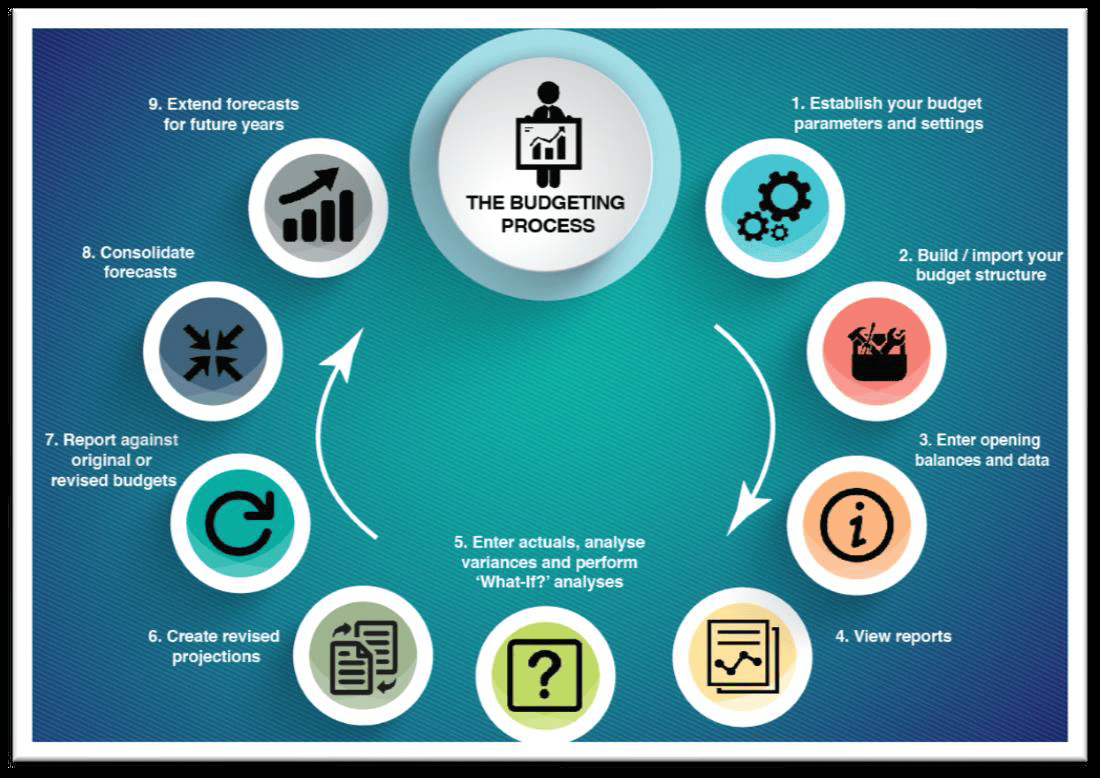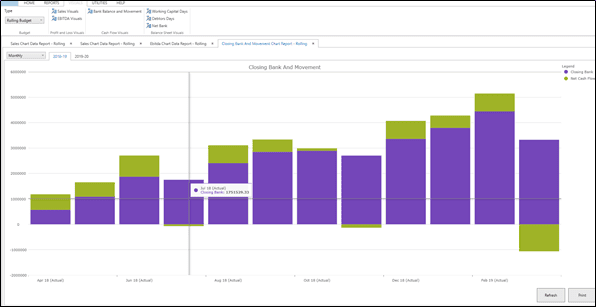Are you grappling with budget sinkholes as AI drives up your spend?
Are you grappling with budget sinkholes as AI drives up your spend?

In an article published last week in CyberSecurityDive, unexpected cloud bills, outdated software licenses and shadow IT are slated to frustrate finance teams trying to control their budgets in 2025.
Based on a survey commissioned by IBM of more than 1000 IT execs the majority of respondents said they expect technology budgets to grow in the next 12 months to support existing infrastructure and drive innovation. More than half, however, admitted they lack sufficient data to accurately assess their organization’s IT spending.
Unpredictable cloud bills, outdated software licenses and shadow provisioning create budgetary sink holes as departments outside of IT purchase technology services.
Whilst the release of open-source model DeepSeek-R1 last month has fuelled hopes of further AI price reductions Gartner (a $5.9 billion company and a member of the S&P 500) expects tech spend to shoot up nearly 10% globally to more than $5.6 trillion in 2025.
How are you planning to control your costs in 2025 and beyond?
Will your organization rely on cumbersome spreadsheets with your finance team wasting time and resources seeking errors and at the same time making you increasingly vulnerable to unintelligible formulae when the spreadsheet Wizz kid decides to leave your employ?

Why not opt for a modern budgeting and forecasting programme, built by accountants for accountants, which uses double-entry type architecture, generates a balanced suite of forecast cashflow, balance sheet and profit and loss reports.
Add to this; funds flow statements (for up to 15 years if necessary) and which, after monthly actuals are introduced, enables the production of variance analyses of each of these vital management reports, comparing performance to budget on a monthly and year to date basis.
And rolling forecasts blend results to date with expected results to the year end.
Amongst many other features built into Forecast 5 is the ability to war-game changing scenarios – (increasingly likely in a newly tariff-laden world) - what if the price of various vital raw materials goes up 15% this year? Or supply line restrictions mean deliveries of some essential components will be delayed by 6 months. Or hoped for sales price increases may in fact decrease by x%. Forecast 5 allows you to model all of these factors - fast, seamlessly and accurately. And then easily prepares for the Board the original budget compared to the various what if results.
And we didn’t mention other functions like consolidations (with the ability to eliminate minority interests, amortising or impairing goodwill etc), foreign currencies, spreading HO or other overheads over multiple forecasts and many other features.

If you're already using Forecast 5 and want more in-depth training or a walkthrough of all its features to ensure you're getting the most value, contact us for a discussion or register your interest in a training session.
Or, if you’re new and would like to try Forecast 5 for yourself, please download a free 21 day trial, or contact us for a chat or join us for a demonstration of Forecast 5

